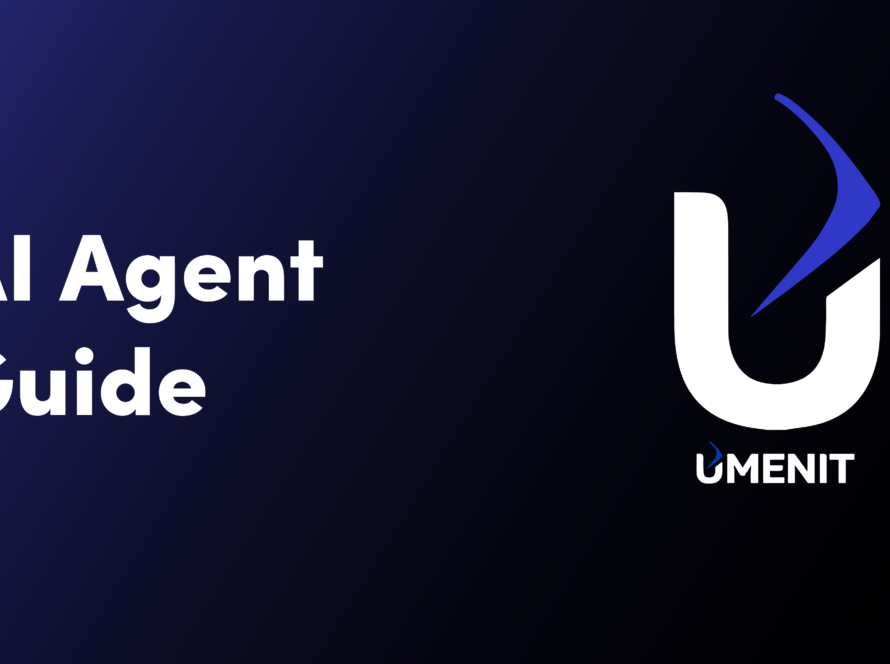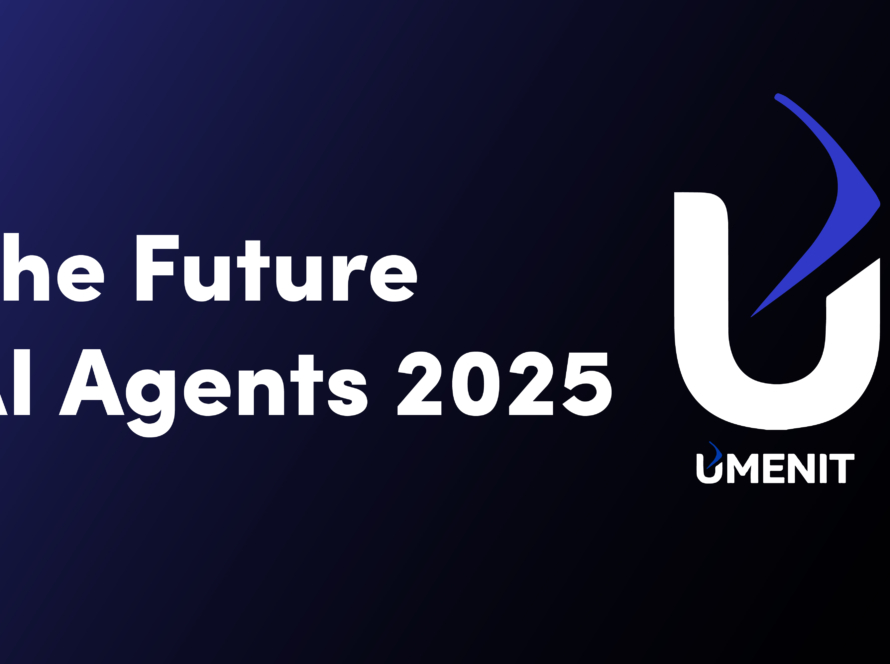In today’s fast-moving digital world, automation has become a powerful tool for businesses looking to boost productivity and streamline operations.
But with the rise of artificial intelligence (AI), a new and more advanced form of automation has emerged, AI Agents.
This leads to an important question:
What’s the real difference between traditional automation and AI agents, and which is the better fit for your business needs?
What is Traditional Automation?
Traditional automation is built around predefined rules and fixed workflows.
Think of a robot on a factory floor assembling parts, or a marketing tool that automatically sends out emails at scheduled times.
These systems are extremely efficient, but they’re also rigid.
They can’t think, adapt, or learn.
If anything changes, they need a human to manually reprogram them.
They are designed for repetitive, predictable tasks where no decision-making is required.
Strengths: Speed, accuracy, cost-efficiency (for simple tasks)
Limitations: Inflexible, cannot handle unexpected scenarios without intervention.
Enter AI Agents: A New Era of Automation
AI agents are dynamic, adaptive, and intelligent.
Unlike traditional systems, AI agents use machine learning and natural language processing to improve over time.
They can analyze data, spot patterns, make decisions, and even learn from each interaction.
For example, advanced AI agents like UMENBot can:
- Engage with users through natural, conversational dialogue
- Solve complex customer issues in real-time
- Adapt based on new information and changing environments
Instead of being limited by rigid rules, AI agents think and respond like a human would making them far more suitable for complex industries like healthcare, finance, or customer support.
Strengths: Flexibility, learning ability, human-like interactions, autonomy
Challenges: Requires more initial setup, needs quality data to perform at its best.
Key Differences at a Glance
Feature | Traditional Automation | AI Agents |
Adaptability | Low | High |
Learning Ability | None | Learns and improves |
Interaction | Rule-based | Human-like conversations |
Response to New Situations | Needs reprogramming | Can adjust automatically |
Monitoring Needs | Regular | Minimal (self-correcting) |
Which One Should You Choose?
The right choice depends on your business goals:
- If your tasks are simple, repetitive, and clearly defined, traditional automation is often more cost-effective.
- If your operations require adaptability, personalization, and real-time decision-making, AI agents are a smarter, future-proof investment.
- By embracing AI agents, businesses can not only optimize their current operations but also future proof their growth in a rapidly evolving market.
At UMENIT, we specialize in creating powerful AI-driven solutions like UMENBot to help businesses of all sizes stay ahead of the curve.
Whether you’re looking to enhance customer experience, improve operational efficiency, or gain a competitive edge, we are here to help you succeed.



